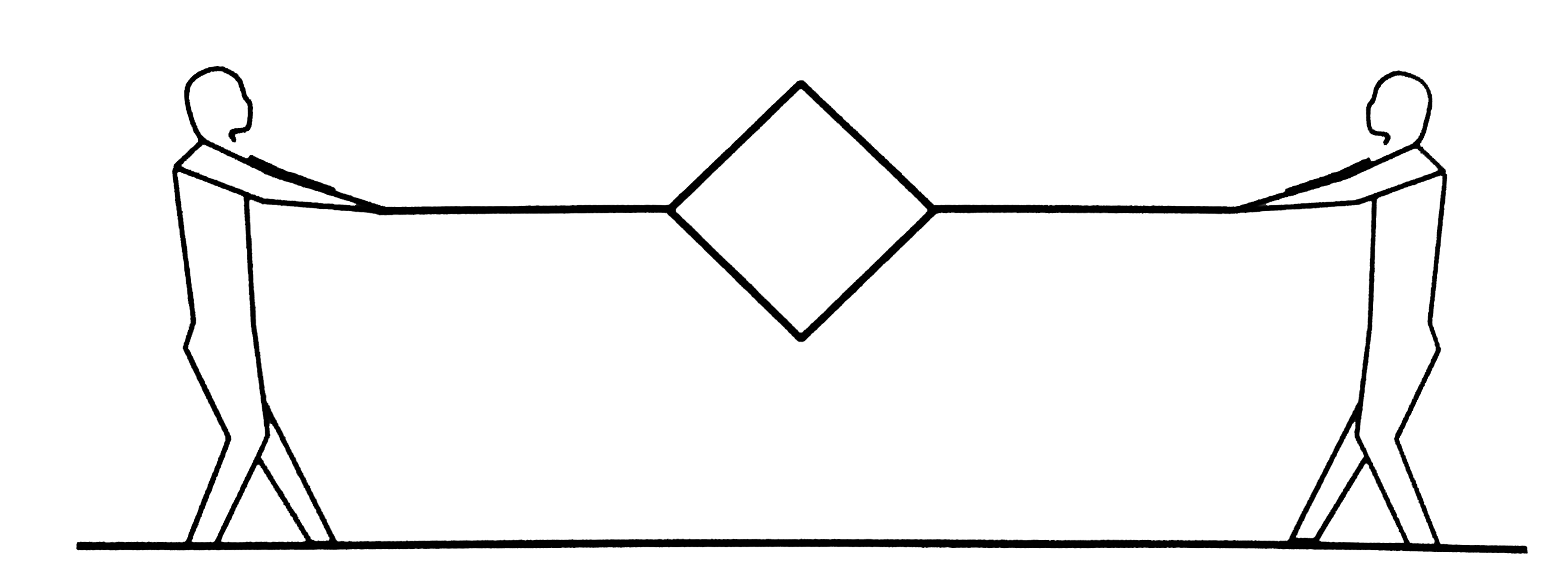Consider the situation of the previous problem. A charge of 2.0×10−4C is moved from the point A to the point B. find the change in electrical potential energy UB−UA for the cases (a) , (b) and ( c ).Solution in Gujrati
(a) the electric field is along x direction Thus potential difference between (0,0)and(4,2)is,
dV=−edx=−20×4
=−80vo<
Potentiale≠rgy(UB−UA)betweenthep∮s=dV×q
=−80×−2.0×10−4
=160×10−4=0.016J
(b)A=(4m,2m),B=(6m,5m)
dV=−e×dx=−20×2=−40v
Potentiale≠rgy(UB−UA)betweenthep∮s=dV×q
=−40×(−2×10−4)
80×10−4=0.008J
(c)A=(0,0)B=(6m,5m)
dV=−E.dx=−20×6
−120V
potentiale≠rgy(UB−UA)betweenthep∮sAandB=dV×q
=−120×(−2×10−4)
240×10−4=0.024J
Topper's Solved these Questions
- BOOK - HC VERMACHAPTER - ELECTRIC FIELD AND POTENTIALEXERCISE - Objective 28videos
ELECTRIC FIELD AND POTENTIAL
- BOOK - HC VERMACHAPTER - ELECTRIC CURRENT THROUGH GASESEXERCISE - Exercises23videos
ELECTRIC CURRENT THROUGH GASES
- BOOK - HC VERMACHAPTER - ELECTROMAGNETIC INDUCTIONEXERCISE - EXERCISE9videos
ELECTROMAGNETIC INDUCTION
Similar Questions
Mark out the correct potons.
05:11View SolutionA discharge tube contains helium at a low pressure. A large potential difference is applied across the tube. Consider a helium atom that has just been ionized due to the detachment of an atomic electron. Find the ratio of the distance travelled by the free electron to that by the positive ion in a short time dt after the ionization.
View SolutionShown a metallic square frame of edga a in a vertical plane. A uniform magnetic field B exists in the space in a directon perpendicular to the plane of the figure. Two boys pull the opposite corners of the square ot deform it into a rhombus. They start pulling the corners t t=0 and sisplace the corners at a uniform speed u. (a) find the induced emf in the frame at the instant when the angles at these corners reduce to 60∘. (b) find the induced current in the frame at this instatnt if the total resistance of the frame is R. (c) Find the total charge which flows through a side of the frame by the time the square is deformed into a straight line.
 02:04View Solution
02:04View SolutionTwo equal positive charges are kept at points A and B. The electric potential at the points between A and B (exculding these points ) is studid while moving from A to b. The potential
02:37View SolutionConsider the situation of the previous problem. A charge of 2.0×10−4C is moved from the point A to the point B. find the change in electrical potential energy UB−UA for the cases (a) , (b) and ( c ).
01:41View SolutionFind the change in electric potential energy, Delta U as a charge of 2.20 xx 10^(-6)C , mass from a point A to point B, given that the change in electric potential between these points is DeltaV=V_(B)-V_(A)=24.0V .
03:45View SolutionA proton when released from point A moves to a point B in an electric field. Which of A and B is at a higher potential ? Explain. If the potential difference between the points A and B is 5 V, find the amount of work done in moving a proton from B to A (Take charge of proton as +1.6 xx 10^(-19)C ).
02:02View SolutionA ball of mass 1 kg carrying a charge 10−8C moves from a point A at potential 600 V to a point B at zero potential. The change in its kinetic energy is
04:28View SolutionA charge is moved in an electric field of a fixed charge distribution from point A to another point B slowly. The work done by external agent in doing so is 100J . What is the change in potential energy of the charge as it moves from A to B ? What is the work done by the electric field of the charge distribution as the charge moves from A to B ?
01:25View SolutionFind the change in electric potential energy , Delta U as a charge of (a) 2.20 xx 10^(-6) C. (b) - 1.10 xx 10^(-6) C moves from a point A to a point given that the change in electric potential between these points is DeltaV= V_(B) -V_(A) = 24.0 V
03:31View SolutionFind out the relation between u_A,u_B,u_C ( where u_A,u_b,u_C are the initial velocities of particles A,B, C respectively)
03:32View Solutionहवा में स्थित किसी धनात्मक बिंदु आवेश 1.1×10−9C से10 cm दूरी पर स्थित बिंदु पर विद्युत विभव ज्ञात कीजिए।
00:51View SolutionA point charge of +10 μ C is placed at a distance of 20 cm from another identical point charge of +10 μC. A point charge of −2μ C is moved from point a to b as shown in the figure . Calculate the change in potential energy of the system ? Interpret your result .
02:37View SolutionTwo equal positive charges are kept at points A and B. The electric potential at the points between A and B (excluding these points ) is studied while moving from A to B. The potential will
01:37View SolutionFind the change in electric potential energy, ΔU as a charge of 2.20×10−6C, mass from a point A to point B, given that the change in electric potential between these points is ΔV=VB−VA=24.0V.
02:27View SolutionA charge is moved in an electric field of a fixed charge distribution from point A to another point B slowly. The work done by external agent in doing so is 100J. What is the change in potential energy of the charge as it moves from A to B ? What is the work done by the electric field of the charge distribution as the charge moves from A to B ?
View Solution

